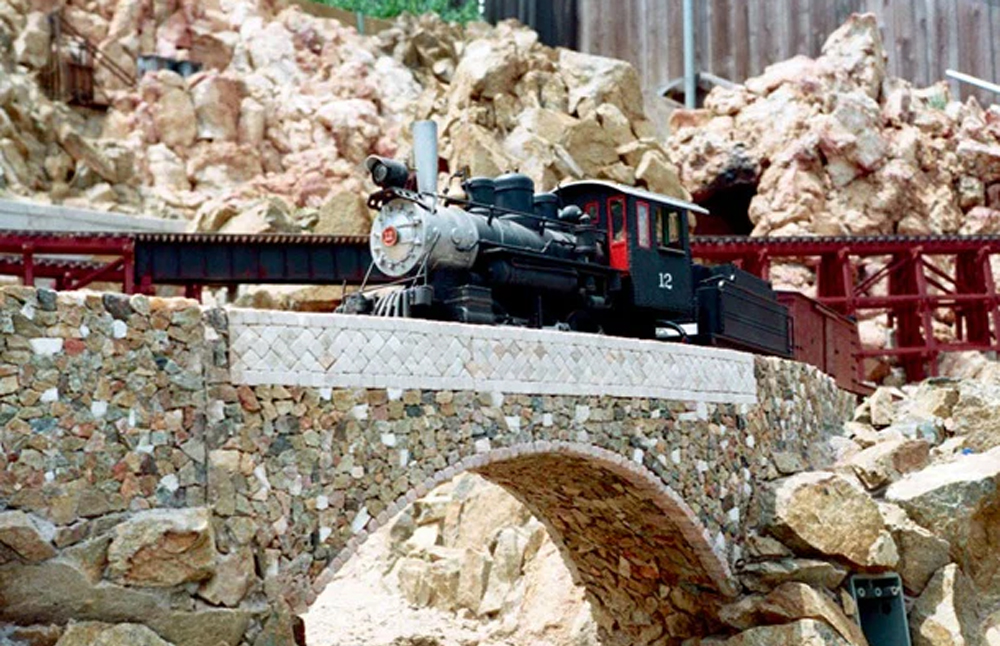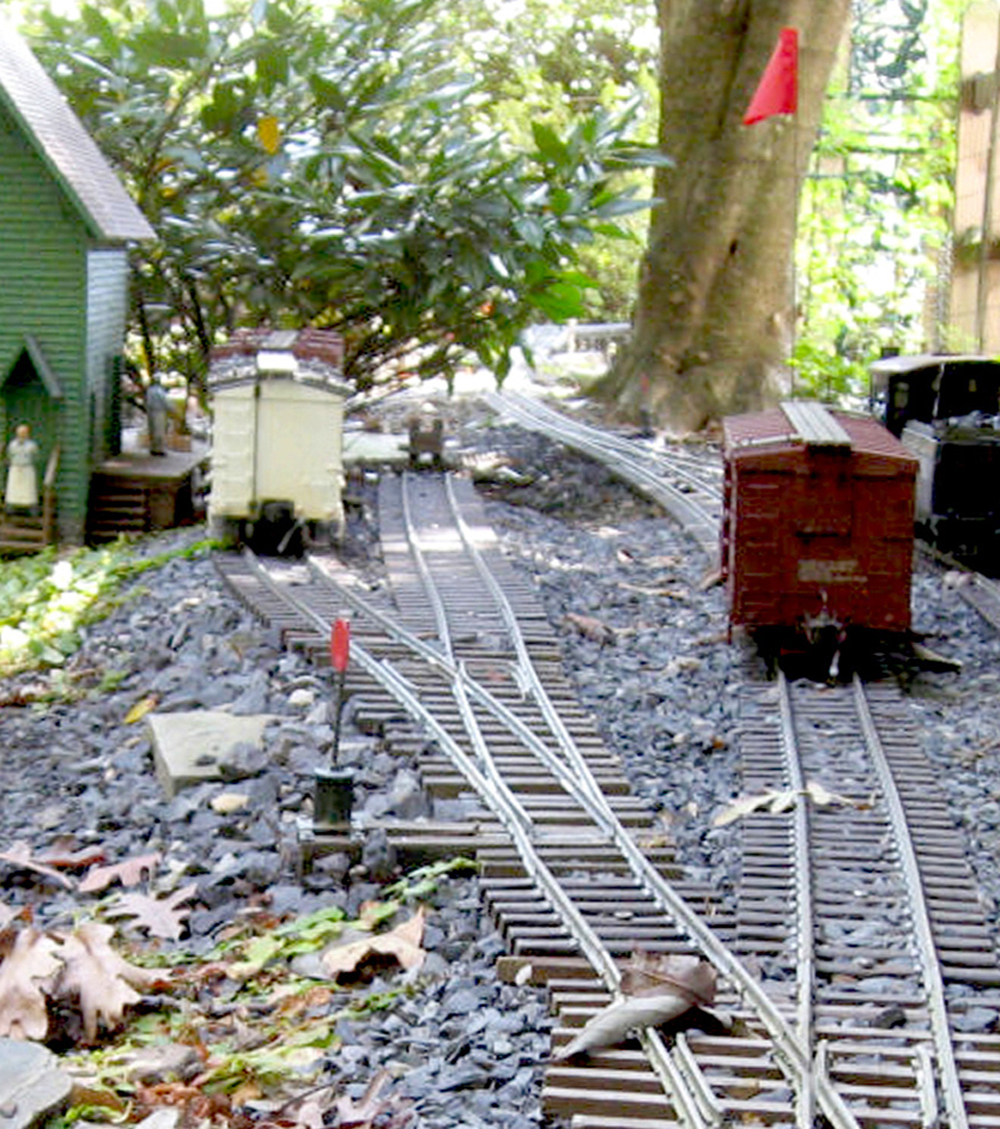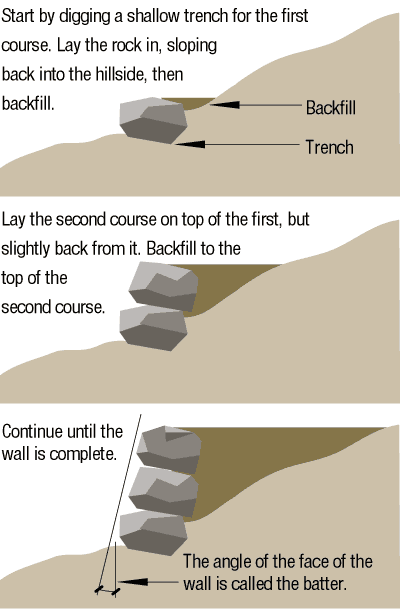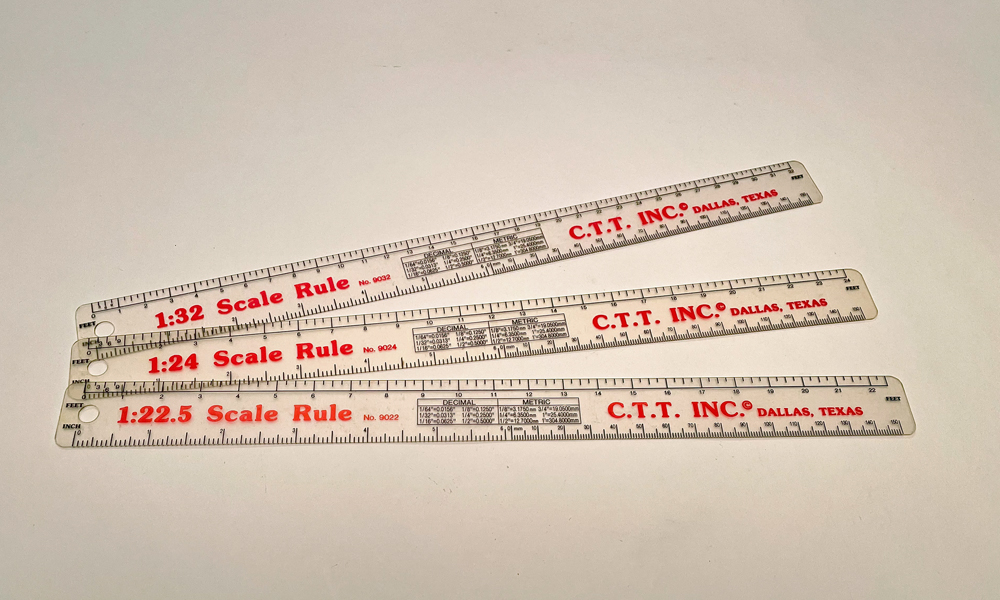At the turn of the century even the smallest trains left little room for indoor model railroading
Back before the “dawn of time,” say around 1860, the model train hobby was in its infancy, as was the full-size railroad industry. In fact, for decades, the development of model railways closely paralleled that of full-size railways. Railroad builders of often built models to test theories and to present their ideas to an adoring public.
The concept of a fully working model railway was soon exploited. The first primitive models were made by craftsmen for themselves, or for wealthy clients. These were most often powered by steam, and were fairly large in scale. This necessitated their use outdoors.
It wasn’t long, however, before manufacturers got the notion that there might be a few dollars in model and toy trains. Toy-train makers sprouted like weeds, primarily in Germany and Great Britain. Anyone and everyone who had even the slightest metalworking skill began making toy and model trains at greater or lesser degrees of sophistication.
All was chaos. There was no continuity when it came to the scale of the trains (the proportion of the model to the full-size item) or to the gauge of the track (the distance measured between the insides of the running rails). That meant that if I wanted to run my trains on your track, chances were pretty good that we couldn’t pull it off because of the disparity in the equipment.
Making gauges standard
This sad state of affairs ended in the late 1880s when the famous-and-still-extant Märklin company of Nürnberg set forth, to the delight of all the world, standardized gauges and scales. Their first three offerings were imaginatively named gauge 1, gauge 2, and gauge 3. Gauge 1, at 1 3/4″, was the smallest, and gauge 3, at 2 1/2″, was the largest. These standards were soon adopted by virtually all European and some American model train manufacturers.
By today’s standards, even the small gauge 1 was still pretty large, and relatively few people had enough space indoors to build a railway, so they built them outdoors. The more sophisticated builders molded the terrain through which their trains ran, and added suitable plantings to enhance their lines.
Garden didn’t mean gardening
In Britain “garden” simply means the backyard. At this juncture it might be a good idea to examine the term garden railway. In Britain, where garden railroading achieved its pinnacle, the yard outside one’s house was called the garden. It didn’t really matter if there was anything planted there or not, it was still the garden. Thus a “garden railway” was any railway built outdoors in the yard. It wasn’t until years later that gardening was formally associated with garden railroading.
Makers of toy and model trains soon realized that by manufacturing trains that were too big to be used indoors and too expensive for most people to buy, they were losing a good bet. So a new, smaller standardized scale/gauge combination came into being. Since there were no numbers left, the new one — 1 1/4″ between the rails — had to be content with zero as its designation. So what we know of today as “OH” gauge is actually zero gauge.
Gauge 0 took off like wildfire, and it soon eclipsed the larger sizes. It could be used indoors or out, the engines could be powered by old-fashioned steam or new-fangled electricity, and the trains were cheap enough so that anyone who wanted a railway could have one.
Meanwhile, out in the garden gauge 1 was still the generally accepted favorite. Several very large railways sprang up on British estates, and smaller ones were created in more modest environs. Gauge 0 was used as well, sometimes by children who brought their Hornby or Bassett-Lowke trains outdoors to build railways that varied in permanence.
Trains move indoors in U.S.
In the United States, though, things were different. Gauge 1 never had a great following. The Lionel company (followed by American Flyer and others) developed their own gauge, which they called “Standard Gauge.” The track measured 2 1/8″ between the rails, and fitted no common scale.
For decades during the first part of the 20th century, Lionel was the leading supplier of toy trains in America. Virtually all of their literature promoted the use of the trains indoors. Lionel was such a formidable force in the industry that they as much as dictated how the trains were to be used. Garden railroading had little chance.
During the 20s and 30s, the American Flyer Company of Chicago did a little advertising showing their products in use outdoors. And of course there was the famous Buddy-L nonpowered railway system, designed expressly for outdoor use. However, this was a large and expensive system that saw relatively small acceptance, despite the ruggedness and beauty of the trains.
Garden railways were sometimes featured in US railroad and model railroad publications during the first half of the century, though the presentation of them was often more of a novelty than anything. On the other hand, in Britain and in other parts of the world, garden railways were much more a part of the mainstream pastime of model railroading, and they were prominently featured in the industry press.
Demise of garden railways
Lionel’s O gauge trains dominated the 40’s and 50’s in America. The demise of garden railways was drawing near. World War II came along, and life as was known before was gone forever. After the war plastics became the rage, as did miniaturization. Gauge 1 became obsolete, and gauge 2 and 3 had long since died out. New, smaller scales were becoming popular. They allowed much more railroad to be built in a given space. This fact was particularly attractive to those people who were starting new families after the conflict, and who didn’t have a lot of space to begin with.
Gauge 0 would still be popular for a few years yet. By attrition it had become the largest scale commonly available and, in the United States, Lionel was still very much in the forefront in this size. In the late 40s and early 50s nearly every small boy wanted a Lionel train, and many got them.
So garden railways were in decline. It is ironic that the first — and quite possibly still the best — real treatise on garden railroading was published during the twilight of interest. Englishman R.E. Tustin’s GARDEN RAILWAYS, published in 1949 by Percival Marshall, remains probably the single best source of information on the nuts-and-bolts end of this arcane pursuit. It is also the first book that set down in writing the principles of combining the railway with an appropriately scaled garden.
In the States, garden railroads were almost unheard of throughout the 1950s and 1960s. They were out of favor in Britain during this period also, but because they had achieved more popularity earlier, they still existed in some numbers.
LGB rekindles flame
In 1969 the German company of Ernst Paul Lehmann — toymakers from way back — introduced a new/old concept in model trains. Their all-plastic products were initially models of narrow gauge trains from Germany. They were built to the heretofore unheard of scale of 1:22.5, and they ran on the old standardized gauge 1 track. The LGB trains (Lehmann Grossbahn, or Big Train) were specifically designed for use outdoors. They were rugged and all of the more fragile gears and motor parts were encapsulated to keep the nasty dirt away.
LGB’s product line constituted a revolution in model railroading; one that did not succeed over night. Since the trains were brightly colored models of European equipment, they were looked upon as toys by most “serious” modelers in the US. The British, who are at least as jingoistic as the Americans, also resisted this new line. But Lehmann persevered, and the company continued to come out with new products based on railroads from around the world.
After a while articles on the potential of these trains in outdoor environments began to appear in model train magazines. Charles Small, a noted railroad author, wrote about the outdoor use of LGB trains for Model Railroader in the mid 1970s. The flame was kindled.
Meanwhile, there was a revolution occurring in Britain as well. Live steam locomotives — engines that actually ran on fire and water — had been popular in years past, but had died out as a breed during the 1950s. In the late 1960s and early 1970s a new company called Archangel Models, headed by Stewart Browne, revived interest in small steamers.
Up to this time the small steam locomotive could be a very temperamental thing indeed. It either ran at 90 miles per hour until the fuel was exhausted, or it required the same constant attention that was necessary to operate a full sized locomotive. Stewart reasoned that if he could come up with a locomotive that would run at a sedate speed for a reasonable amount of time, and that didn’t cost an arm and a leg, he’d have a winner. And he did, on all counts.
Archangel’s models were generally of narrow gauge proportions, built to the scale of 16mm to the foot to run on gauge 1 track. They were big and heavy, and they lacked certain refinements, but they were colorful, powerful, and docile. The writings of Jack Wheldon and Dave Rowlands in the British press ensured the success of both the product and the company.
Garden railroading today
Things progressed from this point. A Gauge One Model Railway Association had been formed in Britain in the early 1960s to promote that end of things, and it is alive and well today. Today there are several large American companies making trains for use in the garden, following LGB’s precepts. To complement these manufacturers, dozens of small companies and cottage industries are putting out related products that keep modelers happy and the industry humming.
In Great Britain there are 15 or 20 makers of small scale live steam locomotives, and many more companies making compatible track, rolling stock, and accessories. Several manufacturers are making inroads into the British market as well.
In 1984 Garden Railways magazine began publication. While covering the entire field of garden railroading, the publication stresses the importance of integrating the railway with a garden to achieve a railway-like atmosphere. It is the only model-train magazine that has regular gardening articles and its own horticultural editor.
Though garden railroading as practiced today is much different from what it was a hundred years ago, its roots can be easily traced and the influence of the past masters.













